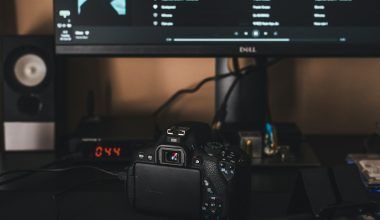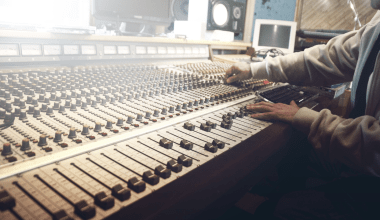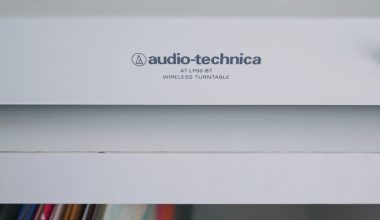YouTube Music has rapidly emerged as a vital platform for both listeners and artists. With its extensive user base and unique features tailored to artists, YouTube Music offers unparalleled opportunities for music discovery and monetization. In this article, we will explore the various services YouTube Music provides for artists and how its payout system works.
1. Services Provided by YouTube Music for Artists
YouTube Music offers several services designed to help artists promote their music, reach new audiences, and monetize their content effectively. Here are the key services available:
A. YouTube for Artists Dashboard
The YouTube for Artists dashboard is a comprehensive tool that provides artists with valuable insights into their channel’s performance. This tool allows artists to track their views, watch time, subscriber growth, and more. With access to detailed analytics, artists can better understand their audience demographics, viewing habits, and geographic locations. This data is crucial for tailoring marketing strategies and content to engage viewers more effectively.
B. Official Artist Channel
YouTube Music allows artists to combine their multiple YouTube channels under a single “Official Artist Channel” (OAC). This feature consolidates subscribers, streams, and other metrics, providing a unified presence on the platform. The OAC makes it easier for fans to find all of an artist’s music in one place, including official music videos, songs, albums, and collaborations. The unified channel also boosts visibility and discoverability on the platform.
YouTube Music Premium offers ad-free listening, offline playback, and background play, enhancing the listening experience for fans. For artists, YouTube Music Premium opens up additional revenue streams through subscription payouts. Artists earn a share of the subscription fees paid by users who stream their content, creating a steady income source from loyal fans who prefer the premium experience.
D. YouTube Content ID and Copyright Management
YouTube’s Content ID system is a powerful tool for artists to manage and monetize their music. Content ID automatically scans videos uploaded to YouTube for matches with an artist’s music. If a match is found, the artist can choose to monetize the video by running ads, track the viewership statistics, or block the video if it’s unauthorized use. This ensures artists retain control over their work and can earn revenue from user-generated content that features their music.
E. YouTube Music Charts and Trends
YouTube Music provides visibility through various charts and trending sections, showcasing the most popular music videos and tracks on the platform. Being featured on YouTube Music Charts can significantly boost an artist’s exposure, helping them reach new audiences worldwide. Artists can leverage these insights to understand which songs are resonating most with fans and plan future releases accordingly.
F. Promotional Tools and Features
YouTube Music offers a range of promotional tools to help artists increase their reach. These include:
- Premieres: A feature that allows artists to release music videos as a live experience, creating anticipation and engagement among fans.
- Community Posts: A social feature that enables artists to communicate directly with their audience through text posts, images, and GIFs.
- Shorts: Short-form videos that can be used to promote songs, engage with fans, or create viral content.
2. Payout System for Artists on YouTube Music
YouTube Music’s payout system is multi-faceted, providing artists with several revenue streams. Understanding how these payouts work is essential for artists looking to maximize their earnings on the platform.
A. Ad Revenue
The primary source of income for many artists on YouTube is ad revenue. YouTube places ads on music videos, and artists earn a share of the revenue generated from these ads. The amount earned depends on several factors, including the type of ad, viewer location, and the length of the video. Artists typically earn more from ads that are viewed in higher-income countries and those that are watched for longer durations. The revenue share model usually splits earnings between YouTube and the artist, with YouTube taking a percentage for platform maintenance and development.
B. Subscription Revenue
Artists also earn revenue from YouTube Music Premium subscriptions. When a premium subscriber listens to an artist’s music, a portion of their subscription fee is allocated to the artist based on the number of streams. This revenue model provides a steady income stream for artists, particularly those with a dedicated fan base who prefer an ad-free experience. The subscription payouts are generally higher than ad-supported plays, making them a valuable income source for artists.
C. Super Chat and Super Stickers
During live streams, artists can earn money directly from fans through Super Chat and Super Stickers. These features allow fans to pay to have their messages or stickers highlighted during a live chat, providing a fun and engaging way for artists to interact with their audience while also generating additional income. Super Chat and Super Stickers are especially popular during music premieres and live Q&A sessions.
D. YouTube Shorts Fund
With the rise of short-form content, YouTube introduced the YouTube Shorts Fund, a $100 million fund distributed to creators based on the performance of their Shorts. Artists creating engaging short videos can earn bonuses from this fund, adding another revenue stream to their YouTube Music earnings. While this fund is temporary, it signals YouTube’s commitment to supporting short-form content creators, including musicians.
E. Merchandise Shelf
YouTube allows artists to sell official merchandise directly through their channel using the Merch Shelf feature. This feature enables artists to showcase and sell products like T-shirts, posters, and other branded merchandise. The Merch Shelf is integrated directly into an artist’s channel, providing fans with easy access to purchase official merchandise. This feature helps artists diversify their income streams beyond music and build a stronger brand presence.





